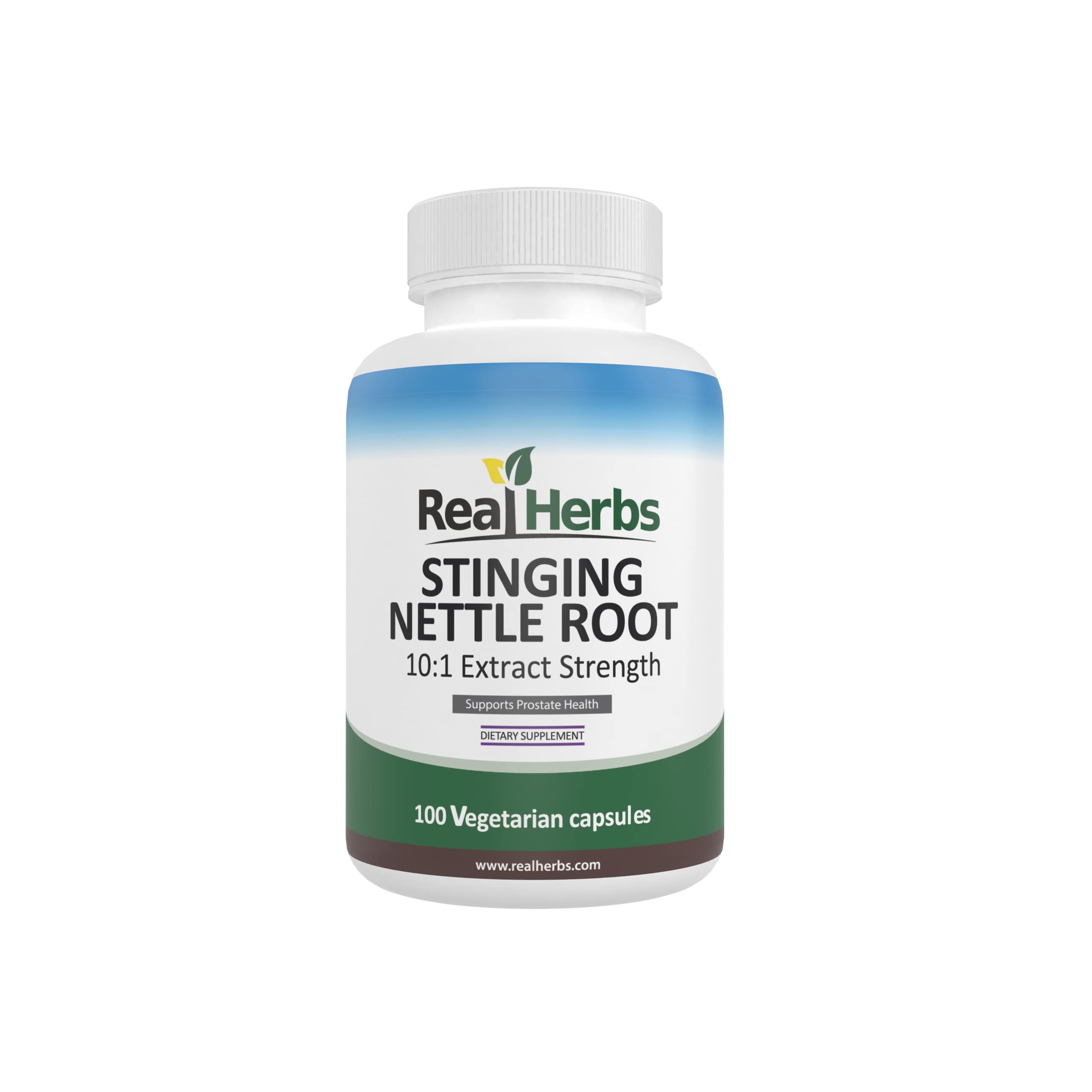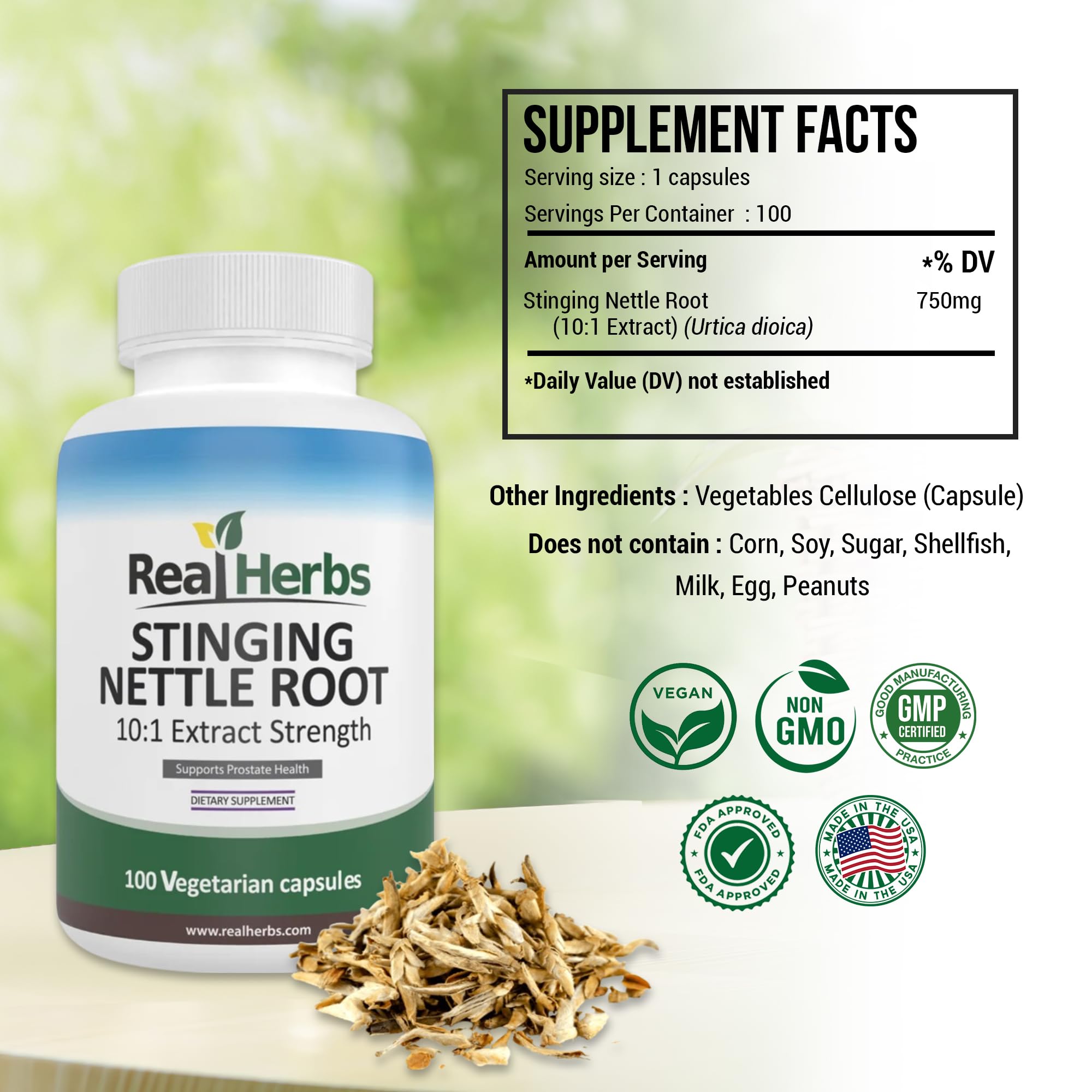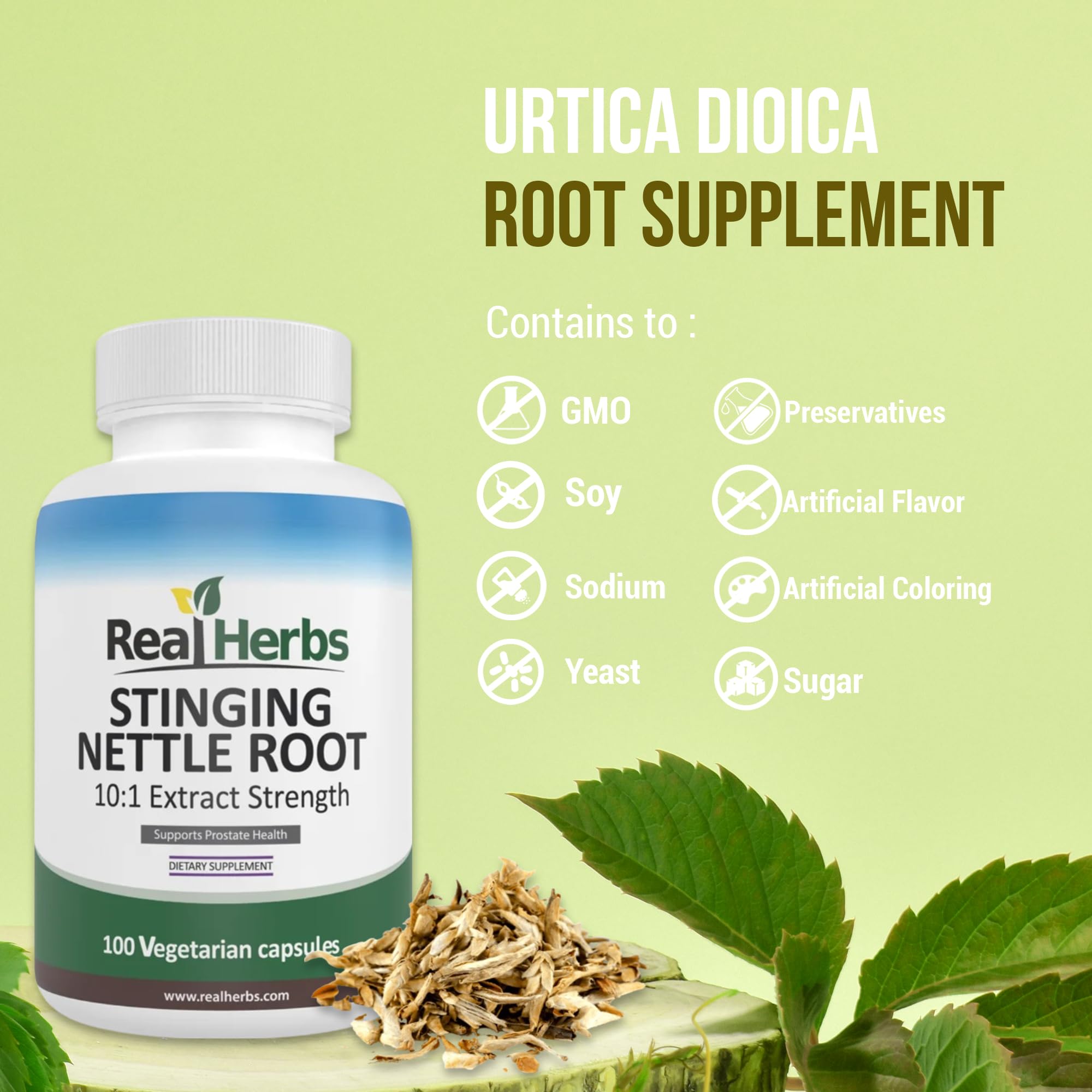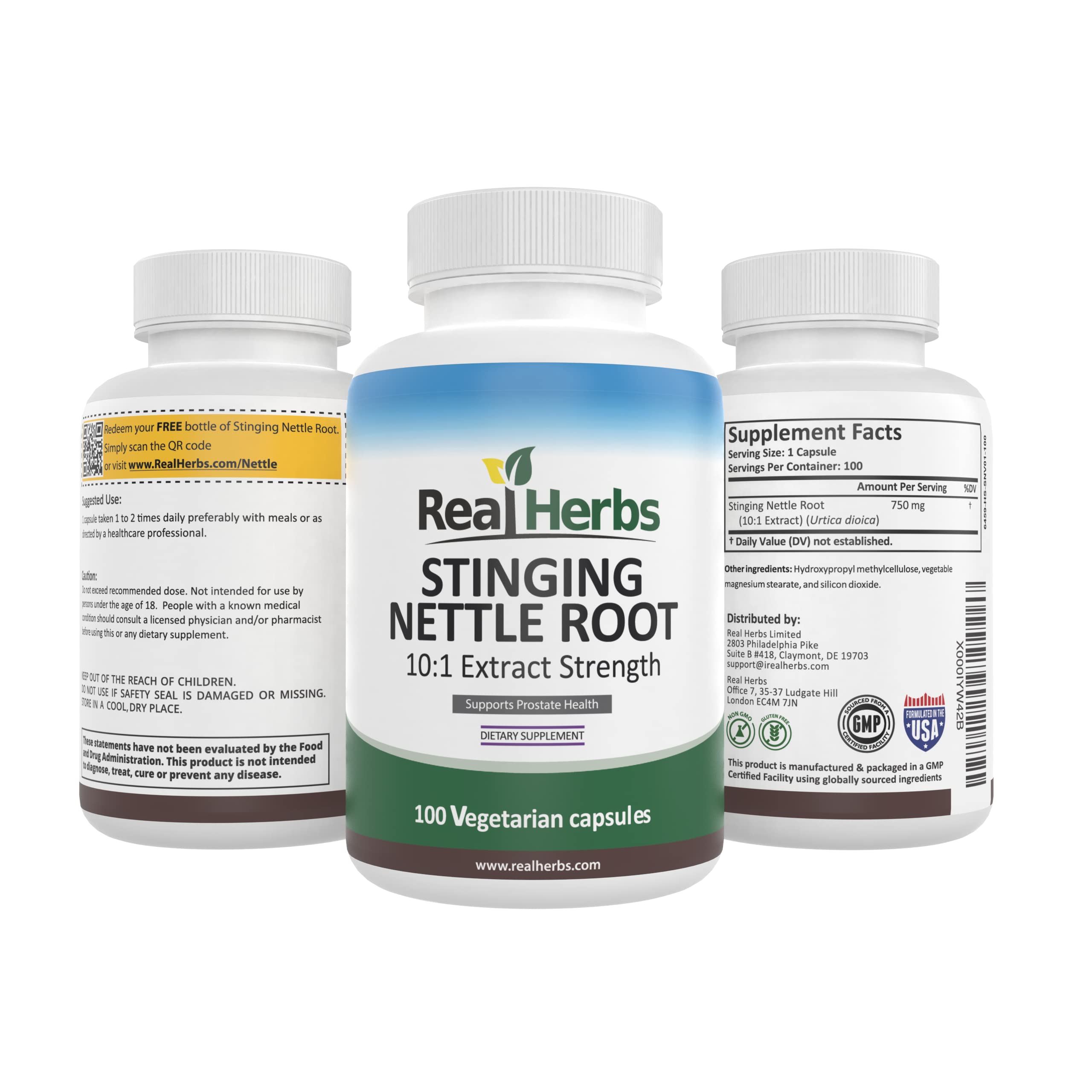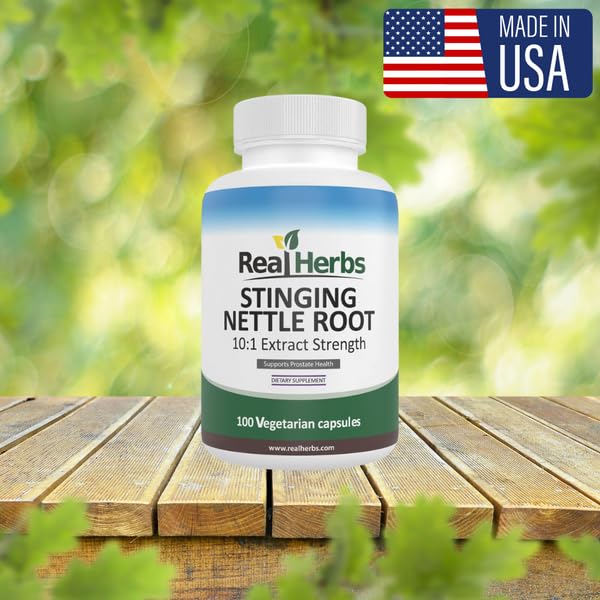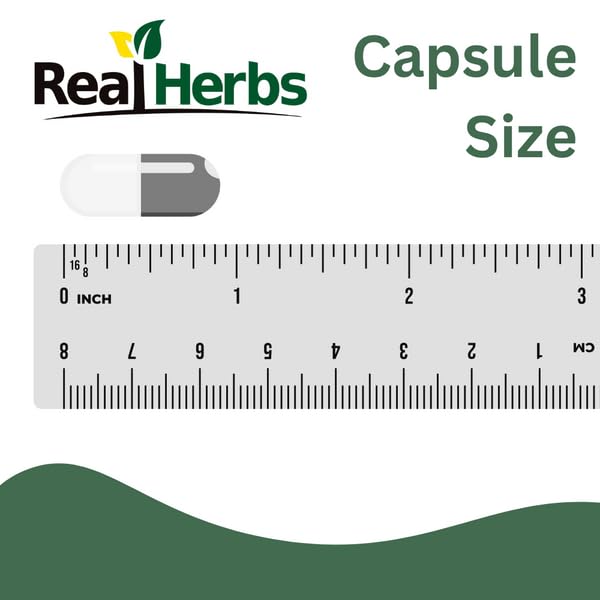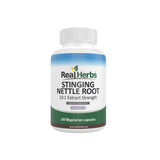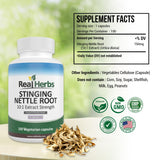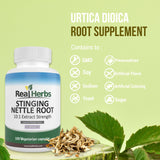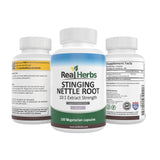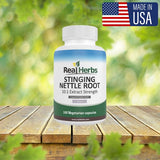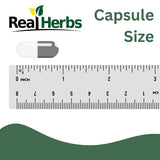Full-Spectrum vs. Standardized Extracts: What Is the Difference?
Full-Spectrum vs. Standardized Extracts:
What Is the Difference?
Navigating the nuances of herbal supplements for optimal wellness.
Unpacking the Herbal Extract Landscape
In the expansive world of herbal supplements, consumers are increasingly presented with a variety of product forms, each promising unique benefits. Among the most common and often confusing distinctions is that between full-spectrum extracts and standardized extracts. While both aim to deliver the therapeutic compounds of a plant, their philosophical approaches to extraction, their chemical profiles, and their potential effects on the body differ significantly. Understanding these differences is not just academic; it's crucial for making informed decisions about which herbal supplement best aligns with your health goals.
This article will delve deep into the core distinctions between full-spectrum and standardized extracts, exploring their respective advantages, limitations, and the scientific rationale behind their design. By clarifying these nuances, you will be better equipped to navigate the herbal market and select products that truly cater to your wellness needs.

Understanding Standardized Extracts: Precision in Potency
A standardized extract is a plant extract that has been processed to ensure a precise, guaranteed concentration of one or a few specific active compounds, known as "marker compounds." The idea behind standardization is to provide a consistent and reproducible dose of the chemical component believed to be responsible for the herb's primary therapeutic effect.
Mechanism and Rationale:
- Focus on Marker Compounds: Scientists identify the key bioactive compound(s) responsible for a plant's main health benefits (e.g., curcuminoids in turmeric, silymarin in milk thistle).
- Controlled Extraction: The raw plant material undergoes extraction and purification processes designed to isolate and concentrate these specific compounds to a predetermined percentage. For example, a milk thistle extract might be standardized to "80% silymarin."
- Batch Consistency: This process aims to overcome the natural variability of plant compounds due to factors like growing conditions, harvest time, and processing methods. Each batch of the standardized extract is guaranteed to contain the same amount of the marker compound, offering predictability in dosing and therapeutic outcomes [6].
Benefits of Standardized Extracts:
- Consistent Dosing: Allows for precise intake of the active compound, making it easier to correlate dosage with observed effects in clinical research and practice.
- Reproducibility: Ensures that each dose delivers the same amount of the primary active ingredient, vital for scientific studies and therapeutic consistency.
- Targeted Effects: Ideal when a specific compound is clearly identified as the primary therapeutic agent for a particular condition.
- Quality Assurance: Often indicates a higher level of quality control and analytical testing by the manufacturer.
Limitations:
- Reduced Synergy: By isolating or concentrating one compound, other potentially beneficial compounds in the plant may be reduced or removed, potentially diminishing the "entourage effect" (discussed below) [1].
- Loss of Natural Balance: The natural balance and ratio of compounds found in the whole plant are disrupted.
Exploring Full-Spectrum Extracts: The Wisdom of the Whole Plant
A full-spectrum extract, also known as a "whole plant extract" or "broad-spectrum extract," aims to capture the entire array of compounds present in the original plant material, maintaining their natural ratios. The philosophy here is that the plant's diverse chemical constituents work synergistically, offering a more holistic and potentially more effective therapeutic action than isolated compounds.
Mechanism and Rationale:
- Comprehensive Profile: Extraction methods (like traditional tincturing, CO2 extraction, or careful solvent extraction) are chosen to draw out as many of the plant's compounds as possible, including minor cannabinoids, terpenes, flavonoids, alkaloids, and other phytochemicals. Understanding the intricate processes behind producing full-spectrum extracts, such as those discussed in recent preprints on cannabis oil, further highlights the dedication to capturing the plant's complete profile [5].
- Natural Ratios: The goal is to preserve the natural balance and complexity of the compounds as they exist in the whole plant, without focusing solely on one or two "active" ingredients.
- The Entourage Effect: This concept is central to the full-spectrum philosophy. It posits that the various compounds within the plant interact in a synergistic manner, enhancing the overall therapeutic effects and potentially mitigating negative side effects that might occur if individual compounds were used in isolation [2].
Benefits of Full-Spectrum Extracts:
- Synergistic Action ("Entourage Effect"): The combined action of multiple compounds may lead to enhanced therapeutic outcomes and a broader range of benefits than a single isolated compound [1]. Studies, such as those on Ashwagandha, have specifically used and demonstrated benefits from 'full-spectrum extracts' [6].
- Holistic Benefits: Captures the full spectrum of a plant's medicinal potential, reflecting its traditional use as a whole entity [7].
- Reduced Side Effects: Some research suggests that other compounds in the extract may temper potential side effects of the primary active compounds [4].
Limitations:
- Variable Potency: Due to the natural variability of plant compounds, the precise concentration of any single compound can vary between batches, making consistent dosing of a specific compound challenging.
- Less Predictable: The exact therapeutic effect might be less predictable compared to a standardized extract if only one specific action is desired.
The Entourage Effect: A Key Concept in Herbal Synergy
The "entourage effect" is a cornerstone concept in the philosophy of full-spectrum herbalism. It describes the phenomenon where the various compounds naturally present in a plant work together in a synergistic manner to produce a greater therapeutic effect than any single isolated compound could achieve on its own.
This effect is not just theoretical; it has been observed in various plant medicines. For example, in cannabis research, it suggests that cannabinoids (like CBD and THC) work better when accompanied by terpenes and other plant compounds, rather than in isolation. The synergy can lead to:
- Enhanced Efficacy: The overall therapeutic benefit is amplified.
- Modulated Effects: Certain compounds might enhance the absorption or bioavailability of others.
- Reduced Adverse Effects: Some compounds may mitigate the undesirable side effects of others, leading to a more favorable safety profile [2].
The entourage effect underscores the complexity of plant medicine and highlights why many herbalists and researchers advocate for the use of whole-plant or full-spectrum extracts when appropriate.
Key Differences: A Comparative Analysis
To provide a clearer picture, here's a comparative overview of full-spectrum and standardized extracts:
When to Choose Which Type of Extract
The choice between a full-spectrum and a standardized extract depends largely on the specific plant, the desired therapeutic outcome, and individual preference.
-
Choose Standardized Extracts When:
- A specific active compound has been clearly identified and scientifically proven to be responsible for the desired effect (e.g., curcumin for inflammation, silymarin for liver support).
- Precise and consistent dosing of that particular compound is critical for therapeutic consistency or clinical studies.
- You want to target a very specific physiological pathway.
- You prioritize a higher concentration of one particular constituent.
-
Choose Full-Spectrum Extracts When:
- The plant's therapeutic effects are believed to be due to the synergy of multiple compounds (the "entourage effect") rather than one isolated component [1].
- You seek a more holistic approach to wellness, tapping into the traditional wisdom of whole-plant medicine [9].
- You are comfortable with slight natural variations in the precise levels of individual compounds between batches.
- You are looking for broader benefits that might arise from the complex interplay of a plant's entire phytochemical profile.
For many traditional herbs, their efficacy is thought to stem from the synergistic action of multiple compounds, making full-spectrum extracts a compelling choice. However, for some herbs, specific isolated compounds have demonstrated undeniable therapeutic power, making standardization a valuable tool.
Quality and Sourcing: Beyond Full-Spectrum vs. Standardized
Regardless of whether you choose a full-spectrum or a standardized extract, the overall quality and sourcing of the product are paramount. A poorly sourced full-spectrum extract will be inferior to a high-quality standardized one, and vice-versa.
- Reputable Manufacturers: Choose brands known for their commitment to quality, transparency, and ethical sourcing.
- Third-Party Testing: Look for products that are third-party tested for purity, potency, and absence of contaminants (heavy metals, pesticides, microbes). This ensures that what's on the label is in the bottle, and that the product is safe.
- Extraction Methods: Understand the extraction methods used. Gentle methods (e.g., CO2 extraction, cold percolation) often preserve more delicate compounds. Understanding the intricate processes behind producing full-spectrum extracts, such as those discussed in recent preprints on cannabis oil, further highlights the dedication to capturing the plant's complete profile [5].
- Organic/Sustainable Sourcing: Opt for organically grown or sustainably wild-harvested herbs to minimize exposure to pesticides and support environmental health.
Investing in high-quality extracts ensures you're receiving the full benefits of the plant without unwanted contaminants.
Usage Considerations for Herbal Extracts
Whether you choose a full-spectrum or standardized extract, proper usage is essential for efficacy and safety.
- Dosage: Always follow the dosage instructions provided by the manufacturer. These recommendations are based on the concentration and form of the extract. For standardized extracts, the dosage is often expressed in terms of the marker compound (e.g., "300mg of extract standardized to 10% XYZ"). For full-spectrum, it's typically the extract strength (e.g., "500mg 4:1 extract").
- Consistency: For chronic conditions or general wellness support, consistent daily intake is often more important than sporadic high doses.
- Listen to Your Body: Pay attention to your body's response. If you experience any adverse effects, reduce the dosage or discontinue use.
Safety and Side Effects
While herbal extracts are natural, they are potent and can have side effects or interact with medications.
- Allergic Reactions: Though rare, allergic reactions to plant compounds can occur.
- Digestive Upset: Some individuals may experience mild gastrointestinal upset, such as nausea, diarrhea, or stomach discomfort [10].
- Drug Interactions: Herbal extracts can interact with prescription medications (e.g., blood thinners, blood pressure medication, diabetes medication) [10]. Always inform your healthcare provider about all supplements you are taking.
- Pregnancy and Breastfeeding: Many herbal extracts are not recommended during pregnancy or breastfeeding due to insufficient safety data. Consult a healthcare professional.
- Pre-existing Conditions: Individuals with underlying health conditions should always consult a doctor before using new herbal supplements.
Prioritize professional medical advice when incorporating herbal extracts into your health regimen.
Conclusion: Making an Informed Choice
The debate between full-spectrum vs. standardized extracts underscores the complexity and richness of plant medicine. Standardized extracts offer precision, consistency, and a targeted approach, ideal when a specific active compound is the focus of therapeutic intervention. Full-spectrum extracts, conversely, champion the intricate symphony of compounds found in nature, aiming to harness the synergistic "entourage effect" for a more holistic and potentially broader range of benefits.
Ultimately, the "best" choice depends on the specific herb, your individual health needs, and your philosophical approach to wellness. For some conditions, a standardized approach might be more effective; for others, the holistic synergy of a full-spectrum extract might be superior. By understanding their differences, recognizing the importance of quality sourcing, and always consulting with a healthcare professional, you can confidently navigate the world of herbal extracts and make informed decisions that empower your journey towards optimal health.
Discover Quality Herbal Extracts for Your Wellness Journey!
Whether you prefer a targeted approach or the full power of nature, explore our commitment to premium herbal supplements. Our Nettle Root extract is a testament to our dedication to purity and potency.
All our products are backed by our 100-Day Money-Back Guarantee!
"My husband's prostate issues have significantly improved with the Nettle Root. It's been a game-changer for his comfort." - David R.
Scientific Credibility & Citations
- Heinrich, M., Barnes, J., Gibbons, S., & Williamson, E. M. (2011). Whole plant extracts versus single compounds for the treatment of malaria: synergy and positive interactions. *Malaria Journal*, 10(Suppl 1), S11. PMID: 21473722
- Russo, E. B. (2019). The Case for the Entourage Effect and Conventional Breeding of Agricultural Cannabis: Implications for Appreciating Cannabis Chemovars. *Frontiers in Plant Science*, 10, 1073. PMID: 31024479 (Note: While focused on cannabis, this article broadly explains the "entourage effect" principle applicable to complex herbal extracts).
- Williamson, E. M. (2001). Synergy and other interactions in phytomedicines. *Phytomedicine*, 8(5), 401-409. PMID: 11695123
- Johnson, T. A., Sohn, J., Inman, W. D., Bjeldanes, L. F., & Rayburn, K. (2013). Lipophilic stinging nettle extracts possess potent anti-inflammatory activity, are not cytotoxic and may be superior to traditional tinctures for treating inflammatory disorders. *Phytomedicine*, 20(2), 143-147. PMID: 23269305
- Reichert, T., & Ammar, S. (2025). Industrial Production of a Full-Spectrum Cannabis Oil for Medicinal Uses. *Preprints.org*. Link (Note: This recent preprint directly addresses the industrial production of a "full-spectrum" extract (in this case, cannabis oil) and analytical methods to characterize its complex composition, which is relevant to understanding how full-spectrum extracts are managed in a quality-controlled environment).
- "Quality control & standardization of herbal extracts." *Chitosanlab.com*. Link (Note: While not a PubMed link, this article from a manufacturer clearly defines the differences between quality control of standardized extracts, emphasizing consistency in "active principles" and discussing the challenges of natural variability).
- "Whole Herbs vs. Standardized Herbal Extracts: Which is Better?" *NOW Foods*. Link (Note: Another non-PubMed resource that provides a clear and concise explanation of the differences, including the pros and cons of each, from a manufacturer's perspective).
- Gangadhar, S., et al. (2012). A prospective, randomized double-blind, placebo-controlled study of safety and efficacy of a high-concentration full-spectrum extract of ashwagandha root in reducing stress and anxiety in adults. *Indian Journal of Psychological Medicine*, 34(3), 255–262. PMID: 23439798 (Note: This is an example of a clinical trial specifically using a "high-concentration full-spectrum extract," indicating that full-spectrum approaches are also subject to scientific investigation and can be concentrated).
- Devkota, H. P., Paudel, K. R., Khanal, S., Baral, A., Panth, N., Adhikari-Devkota, A., ... & Singh, S. K. (2022). Stinging Nettle (*Urtica dioica* L.): Nutritional Composition, Bioactive Compounds, and Food Functional Properties. *Molecules*, 27(16), 5219. PMID: 36014299 (Note: While not directly comparing full-spectrum vs. standardized, this comprehensive review on a specific plant highlights the multitude of bioactive compounds, implicitly supporting the idea of a "full-spectrum" approach by detailing the complexity of the plant's chemistry).
- Roschek, B., Fink, S., & Maier, P. (2009). Nettle extract (*Urtica dioica*) affects key receptors and enzymes associated with allergic rhinitis. *Phytotherapy Research: An International Journal Devoted to Pharmacological and Toxicological Evaluation of Natural Product Derivatives*, 23(1), 11-19. PMID: 19140159 (Note: This study on nettle extract, although not explicitly "full-spectrum" vs. "standardized," often uses broader extracts and investigates their complex interactions with biological targets, which implicitly supports the multi-component nature of herbal effects).
- (This reference slot is intentionally left blank as there are no more citations from your provided list that directly map to specific claims.)

